This is not the first time I've written about wooden shoes. I've talked about traditional Dutch shoes, about shoes that helped you get through the mud without getting dirty or modern sports shoes with treated wooden parts. This time, however, the subject impressed me because it is, first and foremost, an initiative not to let traditions die. And such an initiative must be presented, especially if it is also a success story.

The heroine of this story is LanVy Nguyen, who created the Saigon Socialite brand. She was a corporatist in a large financial organization in California when she started the story in 2007 in a Vietnamese factory. A new opening to the Vietnamese market had many investors flocking here in search of people with aptitude for certain trades as well as cheap labor. Investment had boosted the factory, production was high and sales were up, which was reflected in the country's GDP. But all this development also had a side effect - it led to the very rapid destruction of the craft sector.
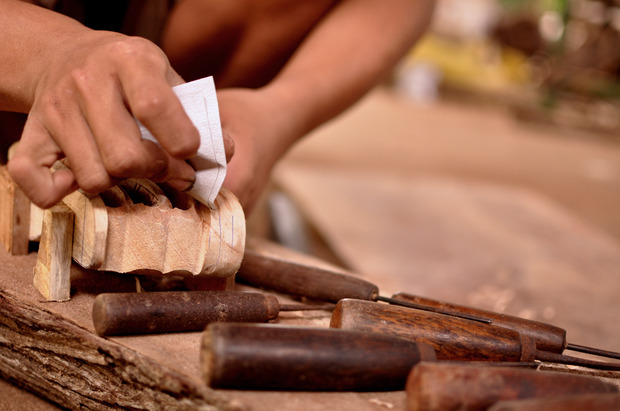
Sensing that the disappearance of artisans will also mean the destruction of the country's heritage, he and 2 partners - Thien-Nhien Luong and Spencer Ton - set up a nonprofit organization called Design Capital to help small traditional businesses. She also forms Fashion4Freedom, a brand incubator and resource for those looking for products that preserve traditional cultures.
To find authentic folk craftsmen go to the Forbidden City, the seat citadel of imperial Indochina. Since time immemorial, the city has had craftsmen all around to supply the city with necessities. Visiting the area with her partners and a master carpenter where the pagoda carvers were, she told them that she thought they could make some very "hot" shoes. She remembered how, in the past, it used to be the custom, when the woman arrived home, to take off her shoes and tap the wooden soles of her shoes twice to announce her presence. After that she would take the shoes under her armpits and bring them into the house as a sign of her wealth and social standing. She thought that a business making shoes with carved wooden soles would, besides being a success in the fashion world, also be a way of preserving traditions and folk crafts.
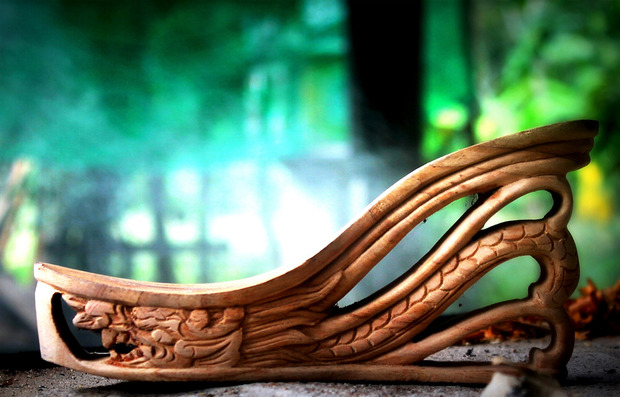
Shortly after the visit, a local cobbler came to Design Capital for an equipment loan. He told her that the village shaman had divined in his chicken feet - a local ritual - that he would meet a very loud woman who would open wide the doors to his future. Although he made mostly men's shoes, the shoemaker decides to work with Nguyen. This is how French leather met the ancient art of pagodas woodcarving.
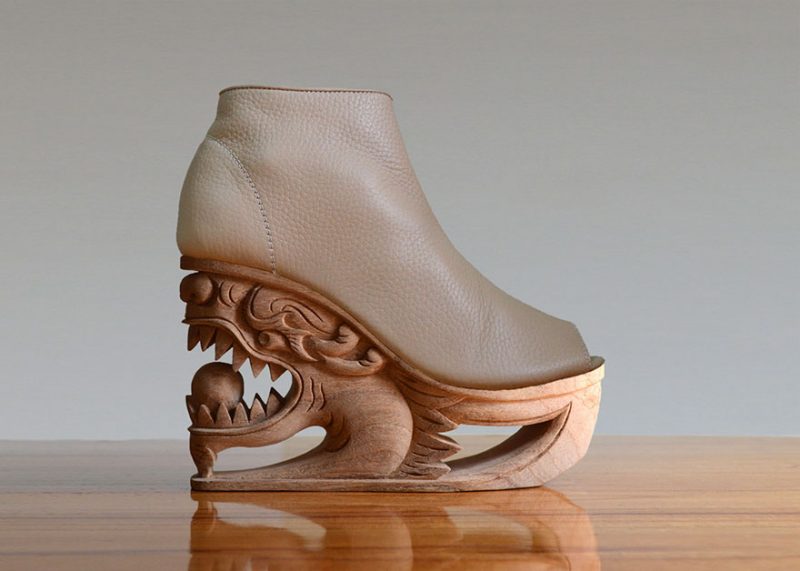
Each pair of shoes takes 18 days to produce. The soles are made in the first 12-14 days. Local craftsmen draw traditional designs on old wood, then carve them using tools handed down from father to son.
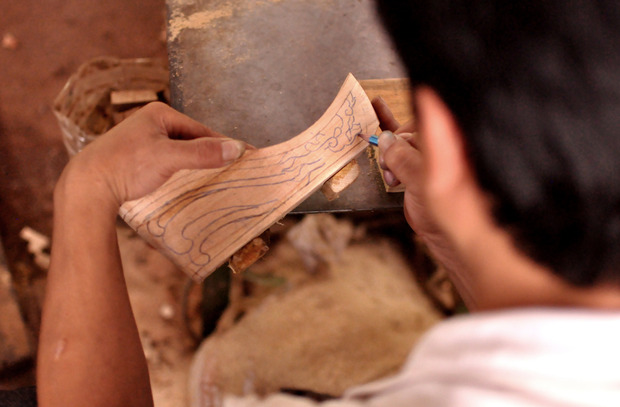
The wood, flavored local essences, is dried, insulated and carved. The leather part is made and attached to the soles in 2 days, and at the end the soles are waxed and the joint area is painted with local oils.
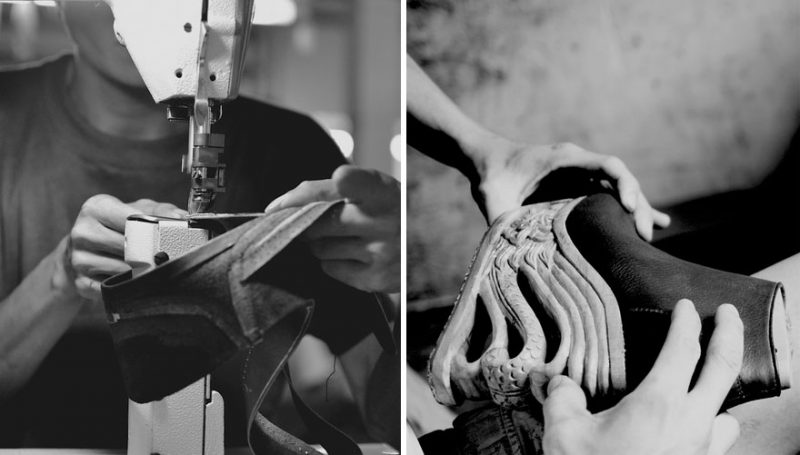
Fashion4Freedom doesn't just make shoes. There are lots of other products that also involve the work and traditions of Vietnamese artisans. In her work, Nguyen draws on work from 48 different villages - 17 different crafts. She has invested more than half a million dollars in education and equipment that has benefited more than 30,000 Vietnamese people.
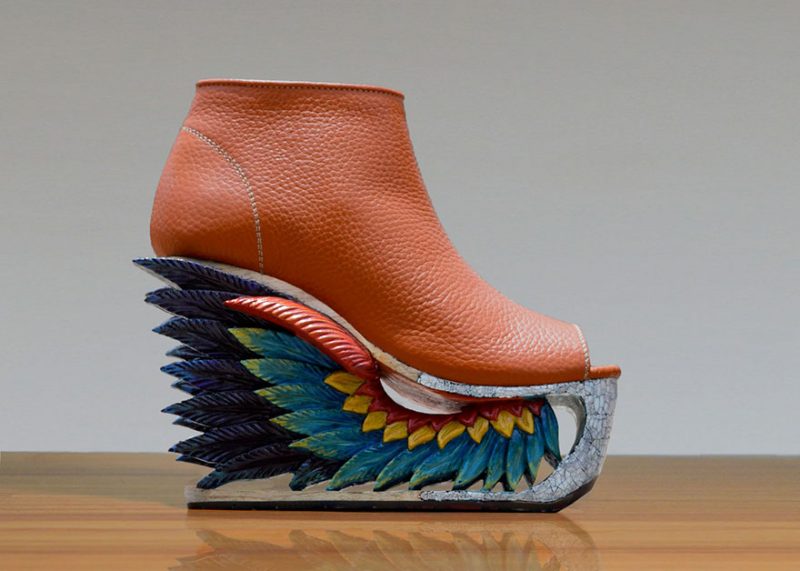
Saigon Socialite limits itself to producing 2000 pairs of shoes a year, with different sole designs each year. After the entire quantity is made, the shoe carver and shoemaker return to their villages. The cobbler will make shoes for the villagers and teach others the trade. The carpenter will help to remove the effects of a typhoon and pass on his trade. And the remaining materials are used to make shoes for orphanages.

(source: coolhunting.com)





















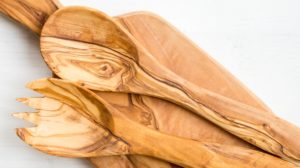


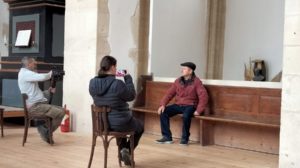
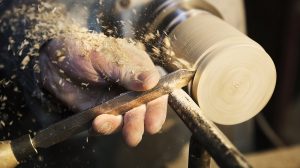
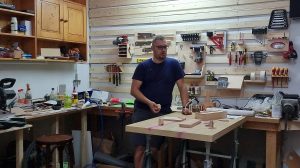
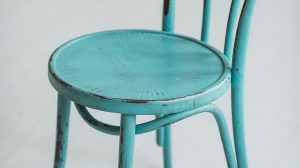





Add comment